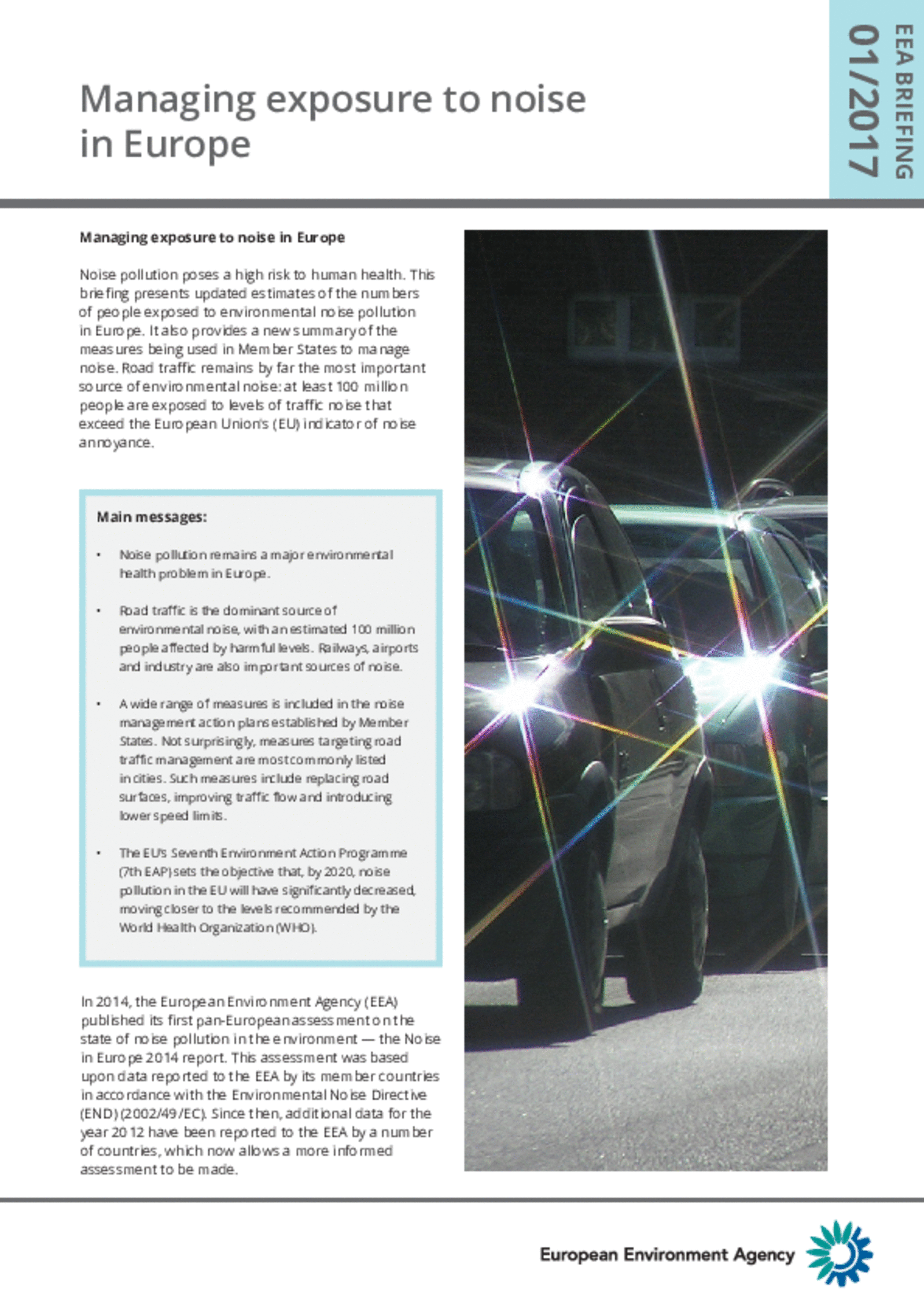All official European Union website addresses are in the europa.eu domain.
See all EU institutions and bodiesBriefing 1/2017
This report explores the historical trends, most recent progress and projected future progress on climate change mitigation through reduced GHG emissions, renewable energy gains and improved energy efficiency. It builds upon data reported by the EU-27 Member States, five EEA member countries and nine Contracting Parties of the Energy Community.

